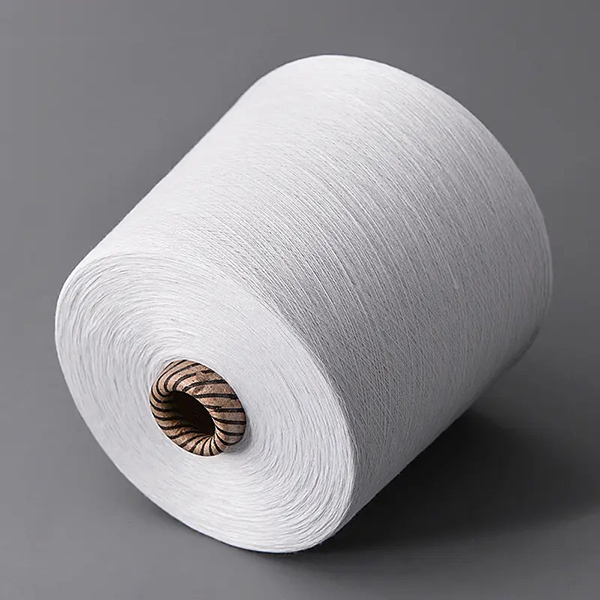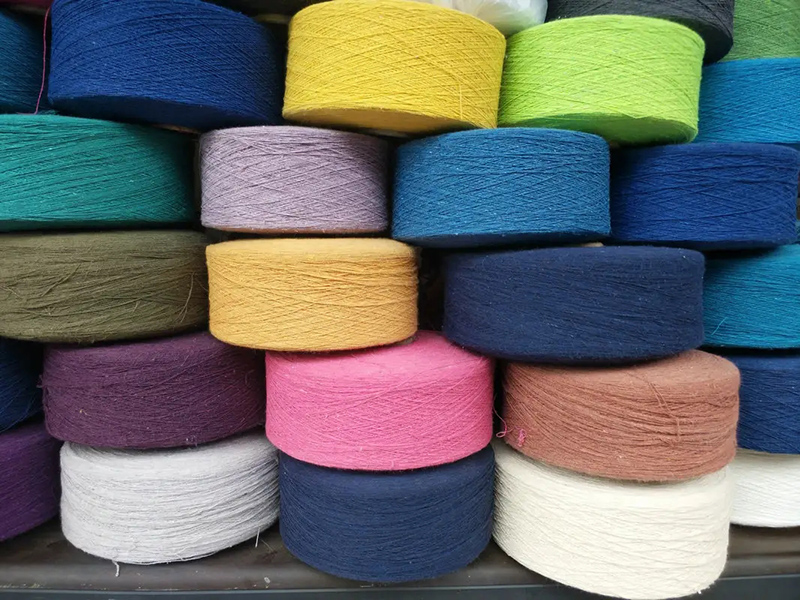1.The thickness of yarn
The common method to express the thickness of yarn is the count, number and denier. The conversion coefficient of count and number is 590.5.
For example, cotton of 32 counts is showed as C32S. Polyester of 150 deniers is showed as T150D.
2.The shape of yarn
Is it single yarn or plied yarn. If it is plied yarn, is it two-thread yarn or three-thread yarn or more-thread yarn? Or is it bunchy yarn?

3.Spinning process
There are rotor spinning, vortex spinning, ring spinning (carded yarn, combed yarn and semi-combed yarn), siro spinning, compact spinning, filament yarn and stretch yarn, etc.
4.The twist direction and twist of yarn
The twist direction is divided into straight twist and reverse twist. Generally, single yarn is straight twist and plied yarn is reverse twist.
5.Composition and moisture regain
There are natural fibers and chemical fibers. Natural fibers include cotton, flax, silk and wool. Chemical fibers are divided into artificial fibers and synthetic fibers. Synthetic fibers include polyester, acrylic fiber, polypropylene fiber and spandex, etc. Artificial fibers include regenerated cellulose fibers, as viscose fiber, Modal and Lyocell, etc.
Different fiber has different moisture regain, as cotton 8.5%, polyester 0.4% and viscose fiber 13%, etc.

6.Physical properties and appearance
Physical properties of yarn include strength, strength coefficient of variability, weight unevenness, levelness and yarn fault, etc.
Appearance includes yarn hairiness, etc.
Post time: Nov-25-2023

